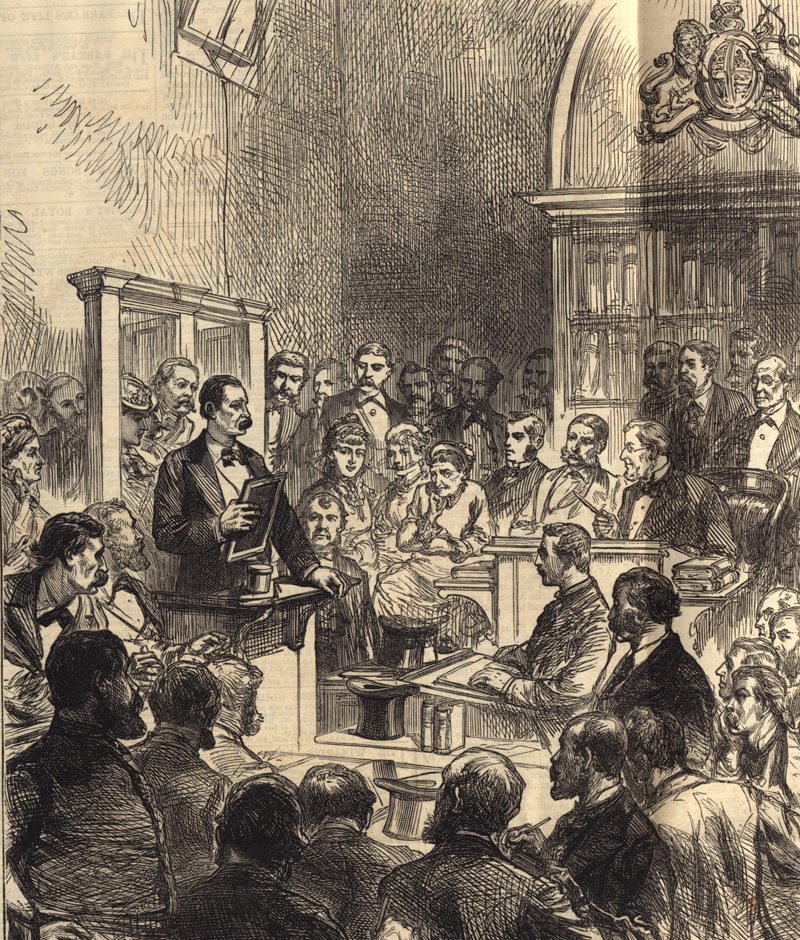It was inevitable that in the drive to develop ‘scientific’ approaches to the supernatural, the Spiritualists would face the prospect of formal academic research. From the obvious ‘debunkings’ of nineteenth century spiritualists came the desire for a formal disciplinary codification, on the boundaries between science and what could quickly become show business.
Psychical Research was first undertaken in 1882, with the foundation of the Society for Psychical Research (S.P.R.) led by Henry Sidgwick, Frederic Myers and Edmund Gurney, aiming to measure psychic phenomena by scientific standards . Its stated aim was to conduct research into the veracity of such phenomena as telepathy, clairvoyance, precognition and psychokinesis. Writing in 1980, C.E.M Hansel was adamant that ‘During the past 50 years…[psychic phenomena] have been demonstrated in the laboratory by means of rigorously controlled experiments.’ These experiments, however, were in doubt, because they ‘appear to have established…the reality of phenomena which conflict with well-established principles’.

